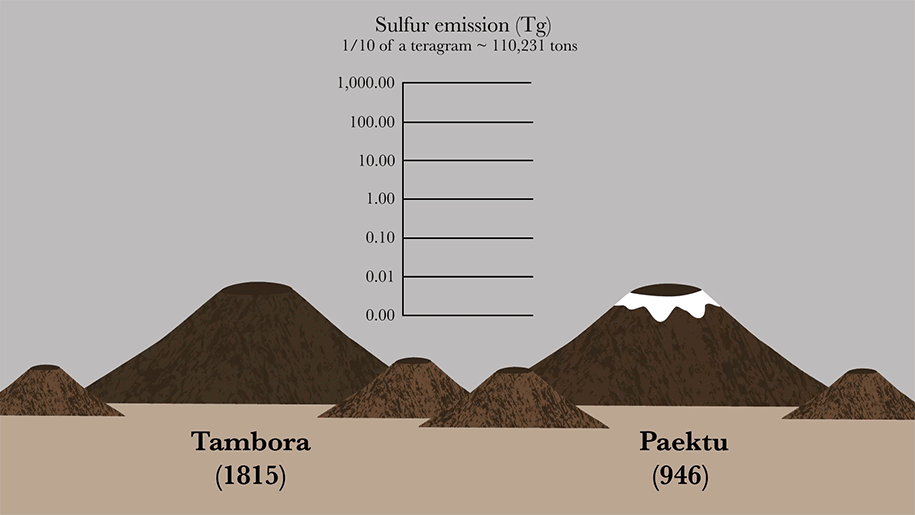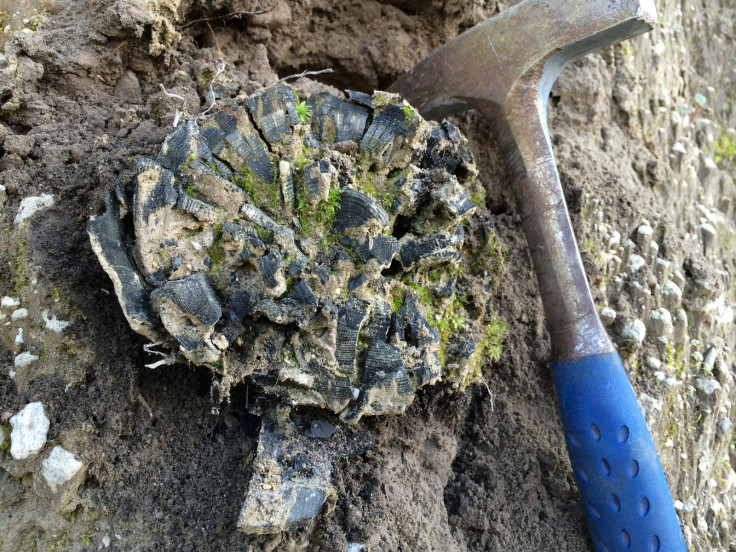Millennium Eruption at North Korea's volcano was so big it should've cooled the planet for years
Eruption in 946CE released more climate forcing gasses than any other volcano in last 2,000 years.

The huge eruption that took place at North Korea's Paektu volcano in 946CE released more climate forcing gases than any other eruption recorded in the last 2,000 years.
Known as the Millennium Eruption, this was one of the most powerful volcanic eruptions in recent history. However, lack of access to Paektu has meant very little is known about the volcano or how its major eruption affected Earth.
Over the last few years, scientists from the UK, US and China have been allowed to enter North Korea to work with researchers there in order to gain a better understanding of the volcano.
In a study published in Science Advances, the team has now worked out the 'volatile yield' of the Millennium Eruption. This refers to what was released during the eruption, such as sulphur, carbon dioxide and halogens.
To do this, they used a geochemical technique that allowed them to quantify the volatile composition emitted. They examined trends in crystals, glasses and melt inclusions which allowed them to build up a picture of the gas generated before and during the eruption. From this, they could work out the total amount of gas generated in the eruption.

How volcanoes affect the climate
The gasses released during a volcanic eruption play a role in climate change. They cool the atmosphere through the release of sulphur dioxide – droplets of sulphuric acid that form when the gas combines with oxygen in the upper atmosphere reflects the sunlight away from Earth. This lowers surface temperatures.
Their findings showed the Millennium Eruption of Paektu released far more sulphur than previously thought. Indeed, their measurements indicate it released more climate forcing gasses than the 1815 Tambora eruption, which famously resulted in the 'Year Without Summer' and caused a drop in global surface temperatures.
What impact this had is not yet clear, but the amount released could have affected the atmosphere and global surface temperatures across the Northern Hemisphere for years.

This, however, is in contrast with the amount of sulphate recorded in the polar ice caps – which are measured to work how big of an impact had on the climate. The Millennium Eruption only has a "relatively weak sulfate signal", scientists said.
The team believes other factors may have resulted in the low sulphate deposit seen in the Greenland ice cores – for example, the eruption taking place in winter possibly limited the effects seen.
© Copyright IBTimes 2025. All rights reserved.






















